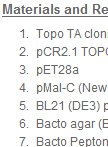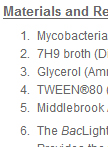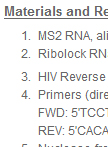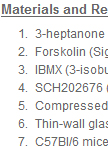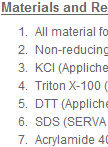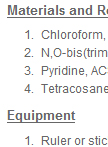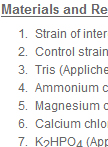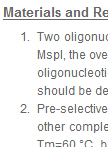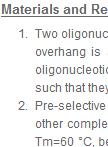- Protocols
- Articles and Issues
- About
- Become a Reviewer
Past Issue in 2013
Volume: 3, Issue: 11
Developmental Biology
Phalloidin Staining and Immunohistochemistry of Zebrafish Embryos
Motility Assay for Zebrafish Embryos
Immunology
Generation of Polyclonal Specific Antibodies
Microbiology
Detection of Membrane Potential in Mycobacterium tuberculosis
Quantification of Retro- and Lentiviral Reverse Transcriptase Activity by Real-time PCR
Neuroscience
Electroolfactogram (EOG) Recording in the Mouse Main Olfactory Epithelium
Plant Science
2D Diagonal Redox SDS-PAGE of Proteins
Wax Analysis of Stem and Rosette Leaves in Arabidopsis thaliana
35S pulse Labelling of Chlamydomonas Chloroplast Proteins
Systems Biology
Detection of DNA Methylation Changes Surrounding Transposable Elements
High Resolution Detection of Genetic Changes Associated with Transposons





